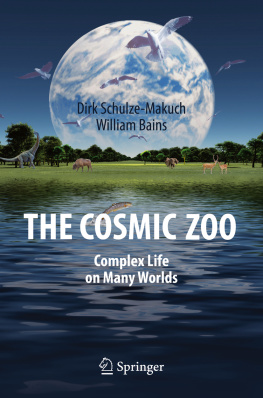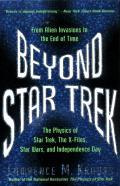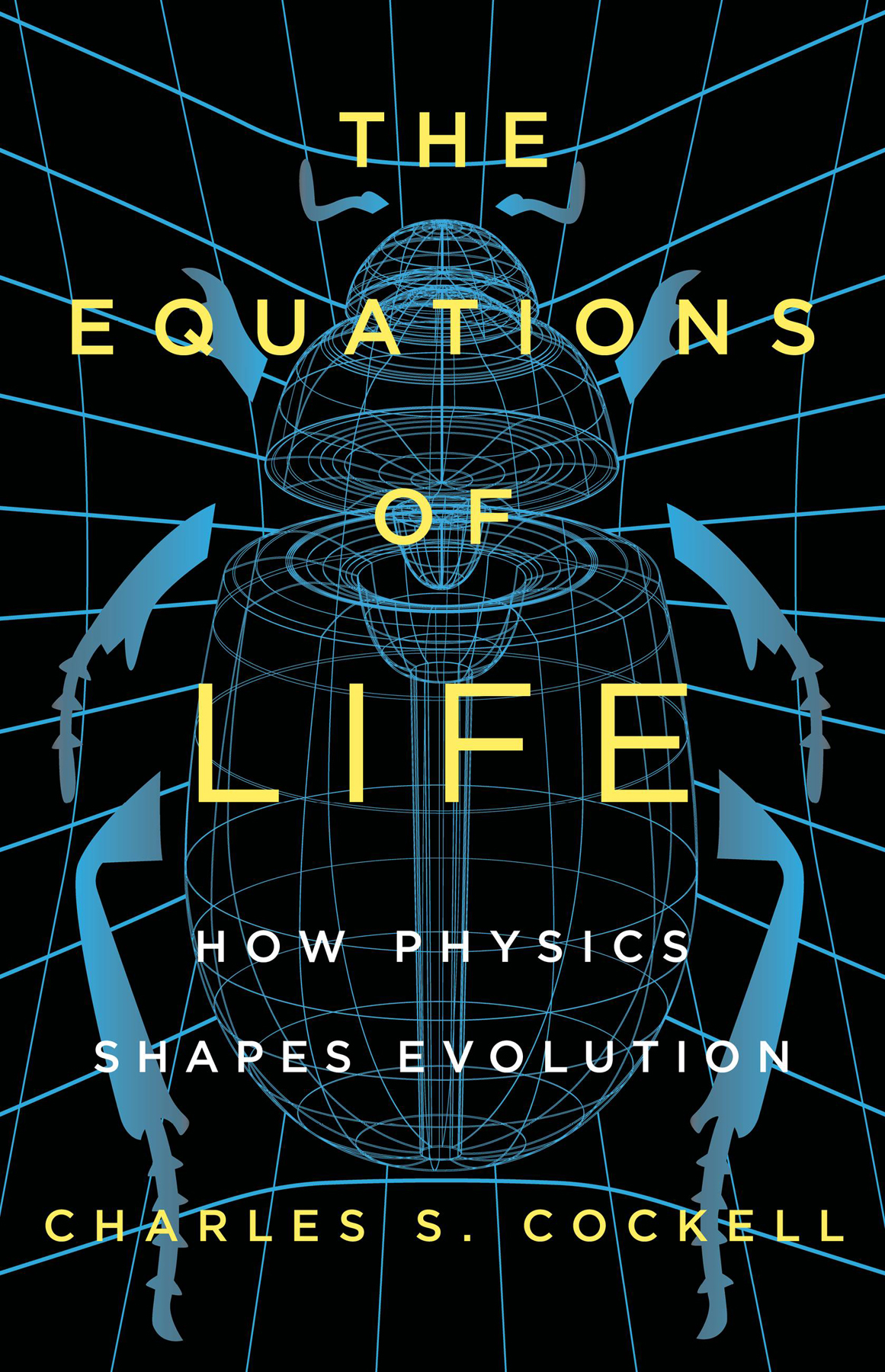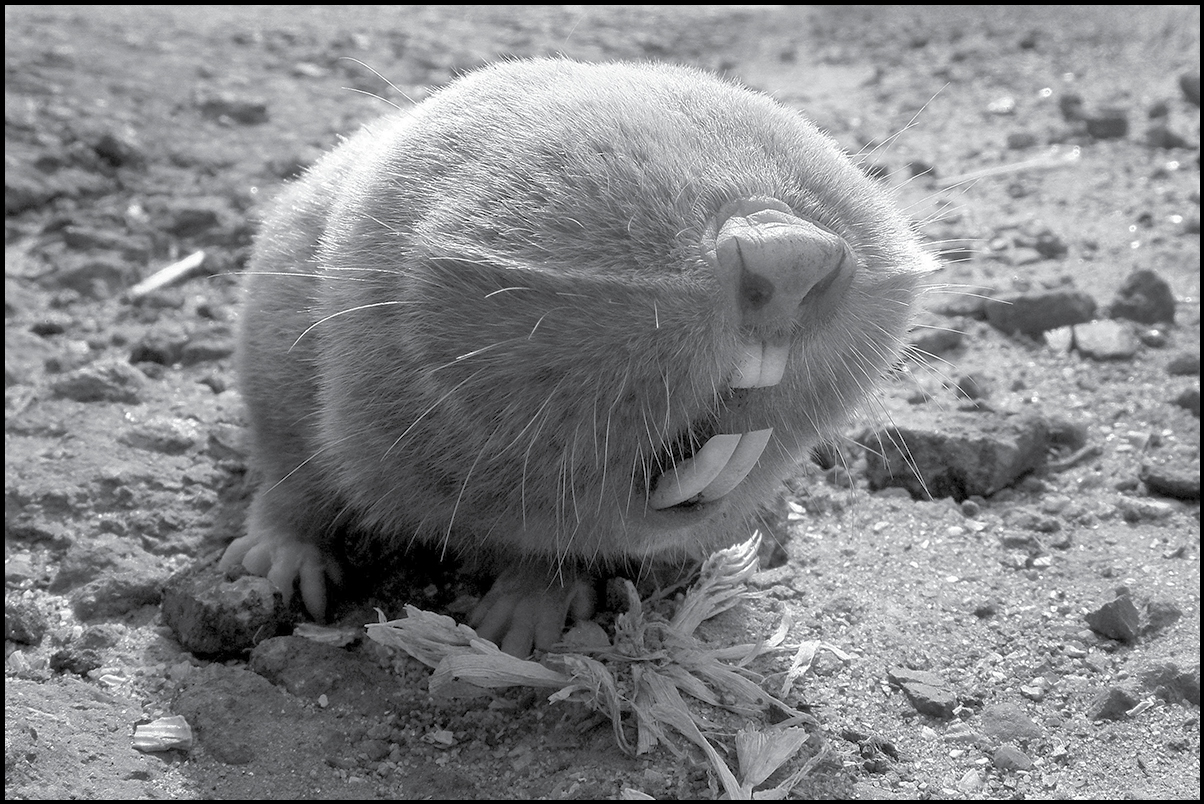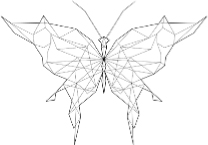Copyright 2018 by Charles S. Cockell
Hachette Book Group supports the right to free expression and the value of copyright. The purpose of copyright is to encourage writers and artists to produce the creative works that enrich our culture.
The scanning, uploading, and distribution of this book without permission is a theft of the authors intellectual property. If you would like permission to use material from the book (other than for review purposes), please contact permissions@hbgusa.com. Thank you for your support of the authors rights.
Basic Books
Hachette Book Group
1290 Avenue of the Americas, New York, NY 10104
www.basicbooks.com
First Edition: June 2018
Published by Basic Books, an imprint of Perseus Books, LLC, a subsidiary of Hachette Book Group, Inc. The Basic Books name and logo is a trademark of the Hachette Book Group.
The Hachette Speakers Bureau provides a wide range of authors for speaking events. To find out more, go to www.hachettespeakersbureau.com or call (866) 376-6591.
The publisher is not responsible for websites (or their content) that are not owned by the publisher.
Library of Congress Cataloging-in-Publication Data
Names: Cockell, Charles, author.
Title: The equations of life : how physics shapes evolution / Charles S. Cockell.
Description: First edition. | New York : Basic Books, [2018] | Includes bibliographical references and index.
Identifiers: LCCN 2017056455| ISBN 9781541617599 (hardcover) | ISBN 1541617592 (hardcover) | ISBN 9781541644595 (ebook) | ISBN 154164459X (ebook)
Subjects: LCSH: Evolution (Biology)Philosophy. | PhysicsPhilosophy. | Exobiology.
Classification: LCC QH360.5 .C63 2018 | DDC 576.801dc23
LC record available at https://lccn.loc.gov/2017056455
ISBNs: 978-1-5416-1759-9 (hardcover); 978-1-5416-4459-5 (ebook)
E3-20180501-JV-PC
Navigation
Astrobiology: Understanding Life in the Universe
The Meaning of Liberty Beyond Earth
Human Governance Beyond Earth: Implications for Freedom
Dissent, Revolution and Liberty Beyond Earth
Extra-Terrestrial Liberty: An Enquiry into the Nature and Causes of Tyrannical Government Beyond the Earth
Space on Earth: Saving Our World by Seeking Others
Impossible Extinction: Natural Catastrophes and the Supremacy of the Microbial World
An Introduction to the Earth-Life System
Biological Processes Associated with Impact Events
Ecosystems, Evolution, and Ultraviolet Radiation
P=F/A.
Image of Lesser Mole-Rat (Nannospalax leucodon) by Maksim Yakovlev.
S OME OF THE MOST fascinating questions whose answers still remain obscure to science lie at the interface between traditional fields. Of course, disciplines are not real entities. They are artificial constructs made by people. Collecting scientific questions into neat disciplinary boxes is administratively useful but artificial and sometimes intellectually counterproductive. The unguided processes of the cosmos do not recognize these neat divisions, either. There is just the universe, about which a civilization can ask questions.
This book explores one line of thinking that tries to make sense of diverse areas of science that straddle the living and the nonliving, the indefeasible links between physics and evolutionary biology. The connections reflect the reality that life is just a form of reproducing, evolving matter in a universe with many interesting and distinctive types of matter.
The reader should know from the outset that this book is not a sterile attempt to demonstrate that evolution is an utterly predictable product of physics. Historical quirks and chance do play a part, and that point is indisputable. They result in the remarkable plethora of detail and the kaleidoscope of forms that we observe in the great evolutionary experiment occurring on our planet. Travel to the Indonesian islands of Lombok and Bali, and despite their similar size, location, and a mere thirty-five kilometers between them, the fauna of each island is distinct. Life on the islands is the evolutionary progeny of that invisible Wallace Line that carves through the deep waters of the Lombok Strait, placing Bali within the historical trajectory of Southeast Asias particular evolutionary journey. Balis forests echo with the calls of Asian woodpeckers and barbets, while Lombok, alive with the shrill cries of cockatoos and honeyeaters, lies within the fold of Australasias evolutionary umbrella. But lurking within this riot of evolutionary experimentation are unyielding principles of physics. It is those that concern me in this book, principles that have increasingly explained many facets of biology, from the subatomic scale to whole populationsbiological observations that were previously assumed to be flukes of history and beyond prediction.
Which features of life are deterministically driven by physical laws and which are mere chance, contingent events decided by a metaphorical role of the dice? This question remains one of the most cogent and interesting puzzles about life and its evolution. I do not intend to provide a definitive answer to this question; Im not convinced anyone currently has the knowledge to do so. However, I do intend to shed light on the growing understanding of the principles that channel life at all levels of its structure and how this expanding corpus of work shows that life is firmly embedded within the basic laws that shape all types of matter in the universe, much more so than a cursory glance at the menagerie on Earth might suggest.
From this view of life emerge conclusions that some people might find sobering, others might find frightening, and still others thrillingly comforting. For people who share with me a fascination for life on Earth, there is something reassuring about our increasing ability to demonstrate that the apparently fathomless profusion of living things on this planet conforms to simple principles that apply to all other types of matter. For those people who also enjoy speculating about what life on other planets might look like (if it exists at all), a conclusion might be that at all levels of its structural hierarchy, alien life is likely to look strangely similar to the life we know on Earth.
As we let go of many of our ancient traditions of thought that have separated life from inanimate matter, we may find that our fear that this will dangerously consign people and other creatures to what is often viewed as the blandness of physics that determines the fate of most matter in the universe is unfounded. Instead, the unity of evolution and physics brings a new richness to our view of life, an appreciation that within the simplicity of rules that govern and limit the forms of living things there is remarkable beauty.
A SHORT WALK THROUGH the Meadows in Edinburgh would leave most people in little doubt that life on Earth is a remarkable anomaly in a universe of bland conformity. Trees of various shades of green rustle in the wind, birds take to the air in gymnastics that left the ancients aghast at the agility of these heavier-than-air flying machines, and along the ground run all manner of animals; the smallest ladybugs land on picnicking tourists, while domestic dogs leap and cavort across the grass.



